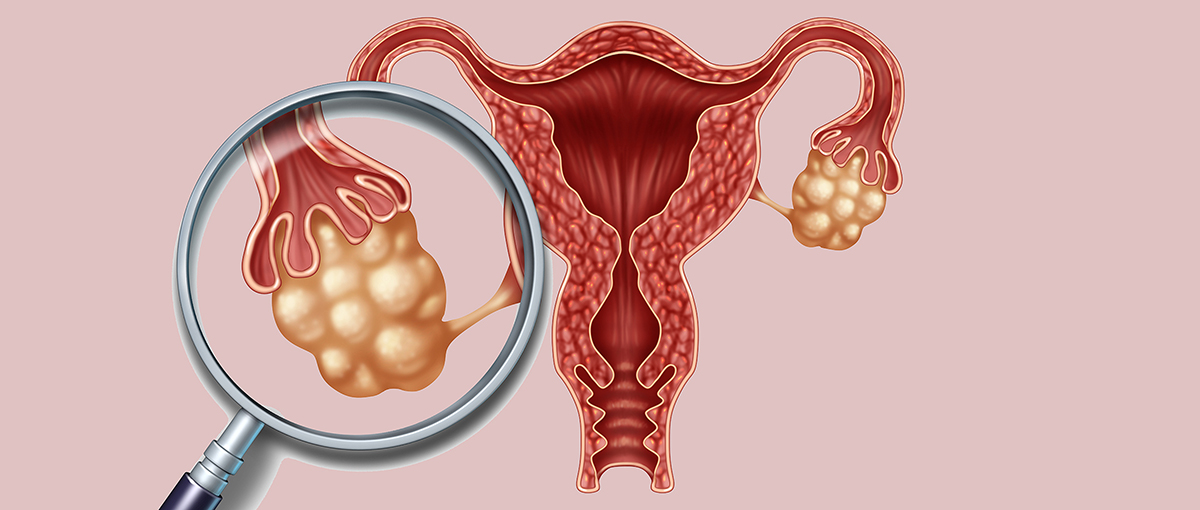
Polycystic Ovary Syndrome (PCOS) Detection
As the first diagnosis, the PCOS is considered in women who apply to a doctor with complaints of menstrual irregularity, hairing and being unable to get pregnant. To make the PCOS diagnosis, clinic findings are still discussed. While making diagnosis, it is necessary to eliminate the diseases such as Hypothyroid (slow working of the thyroid), Hyperprolactinemia (high milk hormone level), Cushing Syndrome and tumor in suprarenal gland which imitate the indications of polycystic ovary syndrome such as menstrual irregularity and hairing.
While making a diagnosis, the diagnosis criteria decided in the conference of the National Institute of Health/National Institute of Child and Human Development (NIH/NICHD) in 1990 are used. These criteria are:
1) High men’s hormone (hyperandrogenism) and indications as a result of high men’s hormone (for example hirsutism)
2) Ovulation irregularity
3) Existence of polycystic ovary (PCO) image in the ultrasonography.
The most important one of the diagnosis criteria determined in the conference is the high men’s hormone in blood and its indications. However, there may not occur the indications in some women although the men’s hormone is high.
A new definition is formed in Rotterdam, Holland by the Europe Human Reproduction and Embryology Association (ESRE) and America Reproduction Medical Association (ASRM) in 2003.
